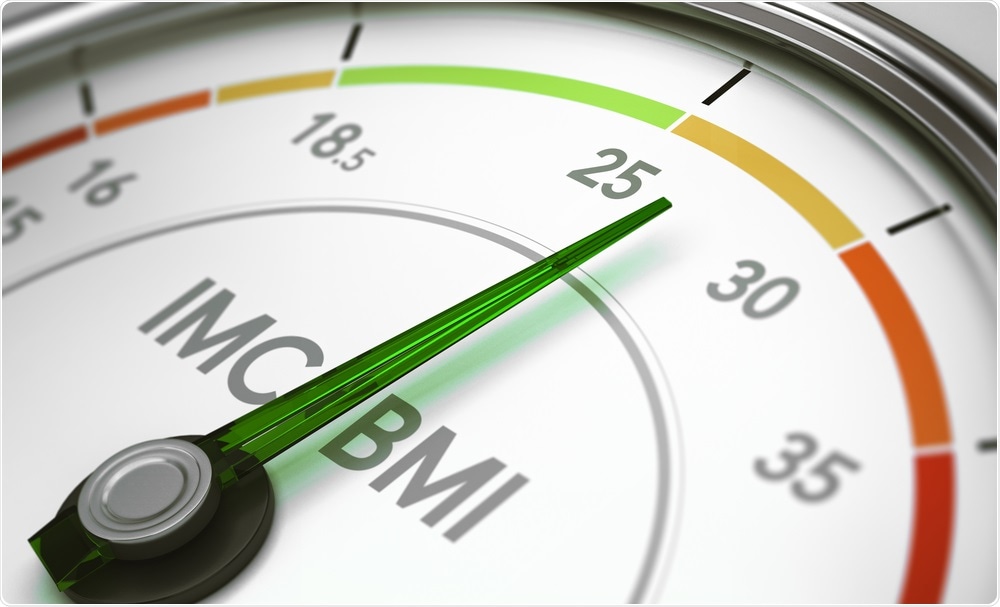
COVID-19 has increased the rate of mortality in the older generation substantially all over the world. One research says that obesity is one of the factors causing the composite poor outcome of COVID-19. On the other hand, it is observed that a substantial number of patients having a composite poor outcome of COVID-19 have a high BMI. Thus, BMI assessments in managing COVID-19 patients hold importance as patients with obesity need special attention.
The pneumonia of COVID-19 is causing an increase in mortality and morbidity all over the world. People with special conditions like acute rental injury, cardiac illness, and obesity are found to have the composite poor outcome of the virus compared to others. Researchers are still trying to define all the risk factors involved in it. Let’s study the role of BMI in the management of COVID-19 patients.
Obesity as a risk for COVID-19 and role of BMI
The researchers have found various conditions that make a person sensitive to poor COVID-19 outcomes in terms of morbidity, mortality, intensive care unit (ICU) admission, the need for mechanical ventilation, and acute respiratory distress syndrome. One of the factors making a person vulnerable to these conditions is obesity, as per the researchers.
Obesity causes dysregulation of the immune response and also affects the functioning of the lungs. There are many studies from the past that showed how an increase in the number of fatty tissues is linked to an increase in the production of inflammatory cells and hyper-responsive airway. In case of obesity, fats get deposited in the subcutaneous tissue that alters the working of the rib cage and lungs resulting in reduced compliance.
The virus of COVID-19 causes ARDS in many cases that is associated with heavy breathing due to an inadequate supply of oxygen to the body. In case of obese patients, difficulty in breathing is a common issue and can cause riskier outcome in COVID-19 patients. A BMI test helps a person find the presence of fats in his/her body and eventually warn about the signs of obesity.
As we talk of BMI, it is used to calculate body fatness with the formula based on a person’s height and weight. It is the most inexpensive and easiest tool to find the health ratio of the person. The formula used to calculate BMI is the same for adults and children, which is: weight (kg) / [height (m)]2. Based on the result, the person is categorized under one of these categories: underweight, healthy, overweight, obese.
BMI and the composite outcome of COVID-19
Obesity has an adverse effect on the lower respiratory tract infections as the excess mass of fat in the tissues results in reduced airway calibre and increased airway resistance. Therefore, a COVID-19 patient who is already obese has a higher risk of developing worse respiratory symptoms. These conditions result in the weakening of respiratory muscles and higher demand for oxygen, which can lead to the patient needing to be admitted in ICU or mechanical ventilation.
You can minimize the risk of COVID-19 by taking proper precautions. If you feel you have excess fats and are probably on the line of overweight or obesity, then you must calculate your BMI regularly and keep a check.
